Don’t Let Your Garden Die in Winter: A Pro’s Guide to Year-Round Beauty
I’ve spent decades in landscape design, and I’ve seen it a thousand times: as soon as the first frost hits, people give up on their gardens. The curtains get drawn on a sad scene of bare dirt and grey sticks until April. I get it. My first few gardens were exactly the same, and I remember staring out at a particularly bleak February yard, thinking this was just how it had to be.
In this article
But I was so wrong.
A great winter garden isn’t about fighting the cold; it’s about embracing it. It’s about choosing plants that have something to offer when everything else is asleep. And I’m not just talking about a random pop of color. I mean real structure, interesting textures, and even food and shelter for the birds. It’s about creating a view that makes you actually want to look out the window on a cold day. I’ve learned these lessons the hard way, through trial and error on all kinds of properties. So, here’s my practical guide to building a garden that looks just as good in January as it does in June.
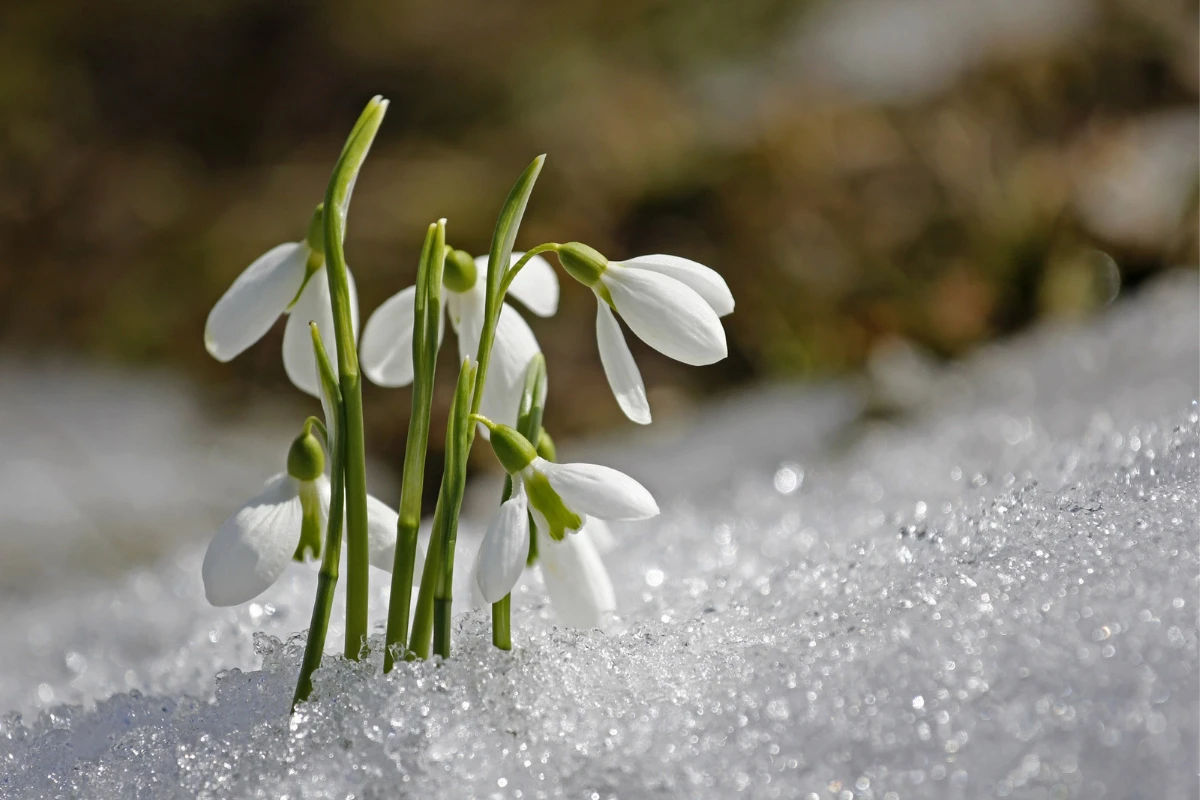
First Things First: Know Your Battlefield
Before you even think about buying a plant, you need to understand the stage it’ll be performing on. Honestly, the success of your winter garden has almost everything to do with the prep work you do in the fall. We can’t just jam plants in the ground and cross our fingers when the temperature plummets.
Hardiness Zones Aren’t a Suggestion
You’ve probably seen a plant tag that says “Hardy to Zone 6.” This number is your first and most important filter. It refers to the USDA Plant Hardiness Zone Map, which divides the country based on the average coldest winter temperature. Zone 6, for instance, gets down to between -10°F and 0°F. This tells you if a plant is genetically programmed to survive the worst your winter can throw at it. Trying to grow a Zone 7 plant in a Zone 5 winter is a recipe for disappointment and wasted money. Seriously, the first thing I teach any new designer is to check the zone. Do a quick search for “USDA Plant Hardiness Zone Map” and type in your zip code. It takes ten seconds.
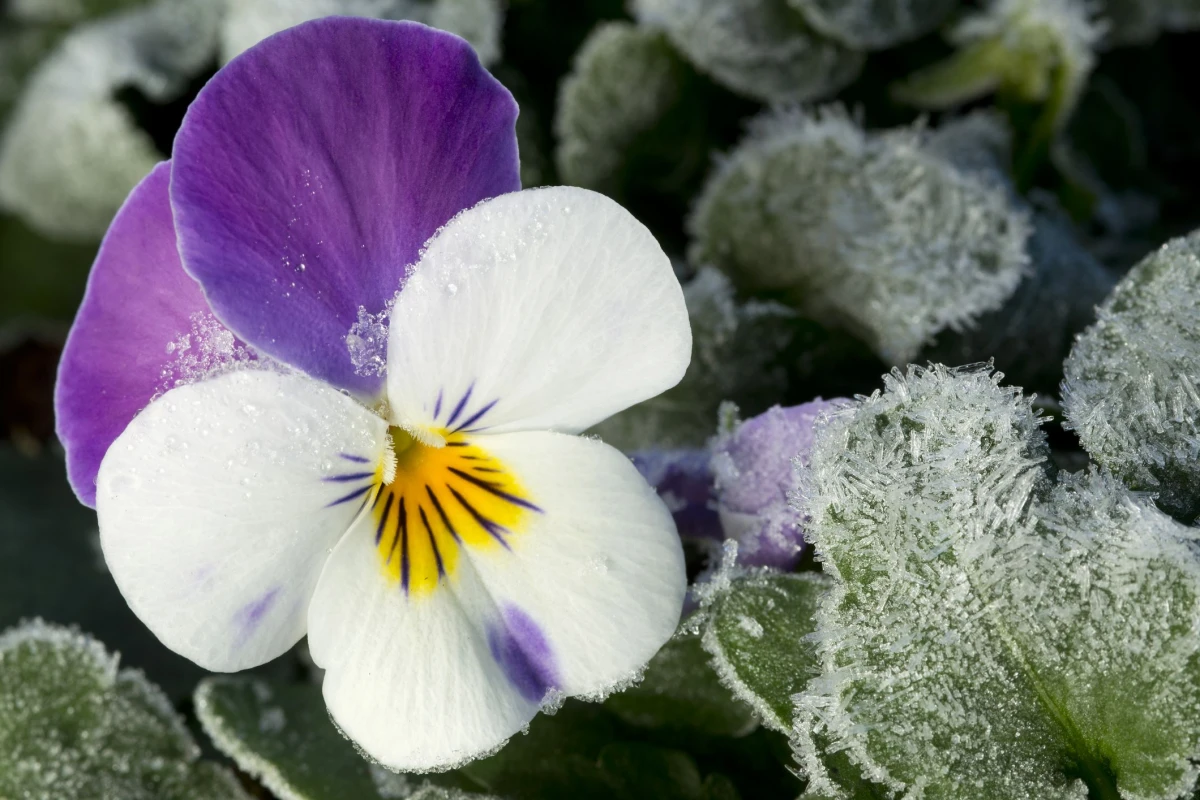
The Real Killer: Wet Feet
Here’s a secret: most hardy plants don’t mind being frozen. What they absolutely can’t stand is sitting in frozen, waterlogged soil. Think of it this way—plant roots need to breathe, even when they’re dormant. When mucky soil freezes solid, it becomes a block of ice with no air pockets. The roots literally suffocate and rot. This is, without a doubt, the #1 reason I see winter plants fail.
Good drainage isn’t a bonus; it’s a requirement. To test yours, dig a hole about a foot deep and a foot wide. Fill it with water and walk away. If it’s empty in a few hours, you’re golden. If water is still sitting there the next morning, you’ve got work to do. For a typical 10×10 foot garden bed with heavy clay, I’d bring in about four to six of those big 2-cubic-foot bags of compost (around $5-$8 per bag at a garden center) and maybe a bag of pine bark fines. Spread it all on top and work it into the top 8-10 inches of soil. This creates the air pockets your plants need to survive.
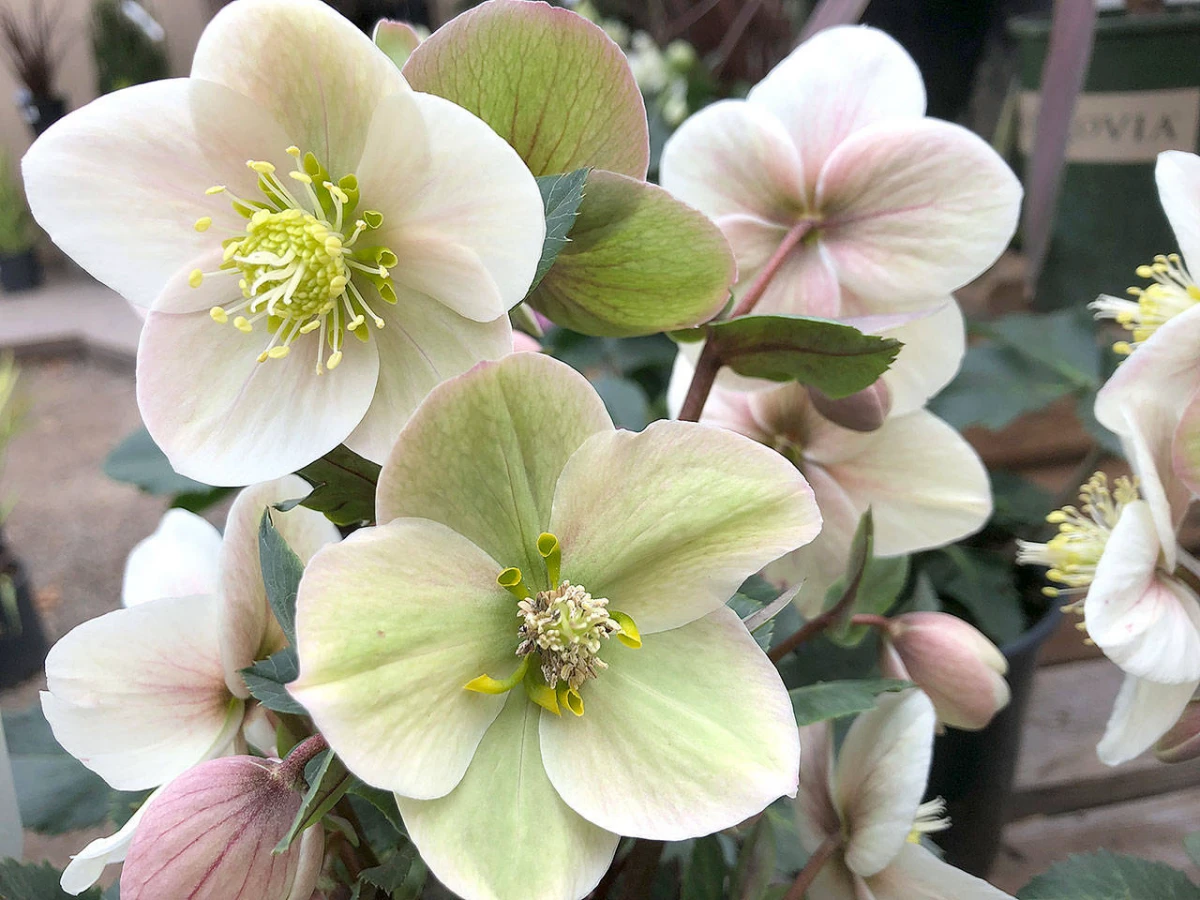
Winter Sun and Hot Spots
The winter sun is low and lazy. A spot that was shady all summer might be a sun-drenched paradise now that the big trees are bare. So here’s your five-minute win for today: go outside and see where the sun is hitting. That sunny spot is prime real estate for a winter bloomer. Mark it with a stick! Also, look for microclimates. That south-facing brick wall can absorb enough heat to create a little pocket that’s a whole zone warmer than the rest of your yard. It’s the perfect place to push your luck with a slightly less hardy plant.
The Foundation: Your Evergreen ‘Bones’
Evergreens are the skeleton of your winter garden. Without them, everything just feels flat and empty from November to March. But “evergreen” doesn’t just mean green, and it doesn’t just mean pine trees.
Conifers for Shape and Texture
Conifers are the ultimate workhorses, providing structure and an amazing variety of colors—from gold and silver to deep blue-green. And you don’t need a huge yard. For smaller spaces or foundation plantings, look for dwarf varieties. A Dwarf Blue Spruce like Picea pungens ‘Globosa’ will form a beautiful silvery-blue mound that stays around 3-4 feet tall. If you want a pop of gold, a Hinoki Cypress like Chamaecyparis obtusa ‘Nana Lutea’ adds a slow-growing, sculptural feel. These usually run from $40 to $90 at a nursery, depending on their size.
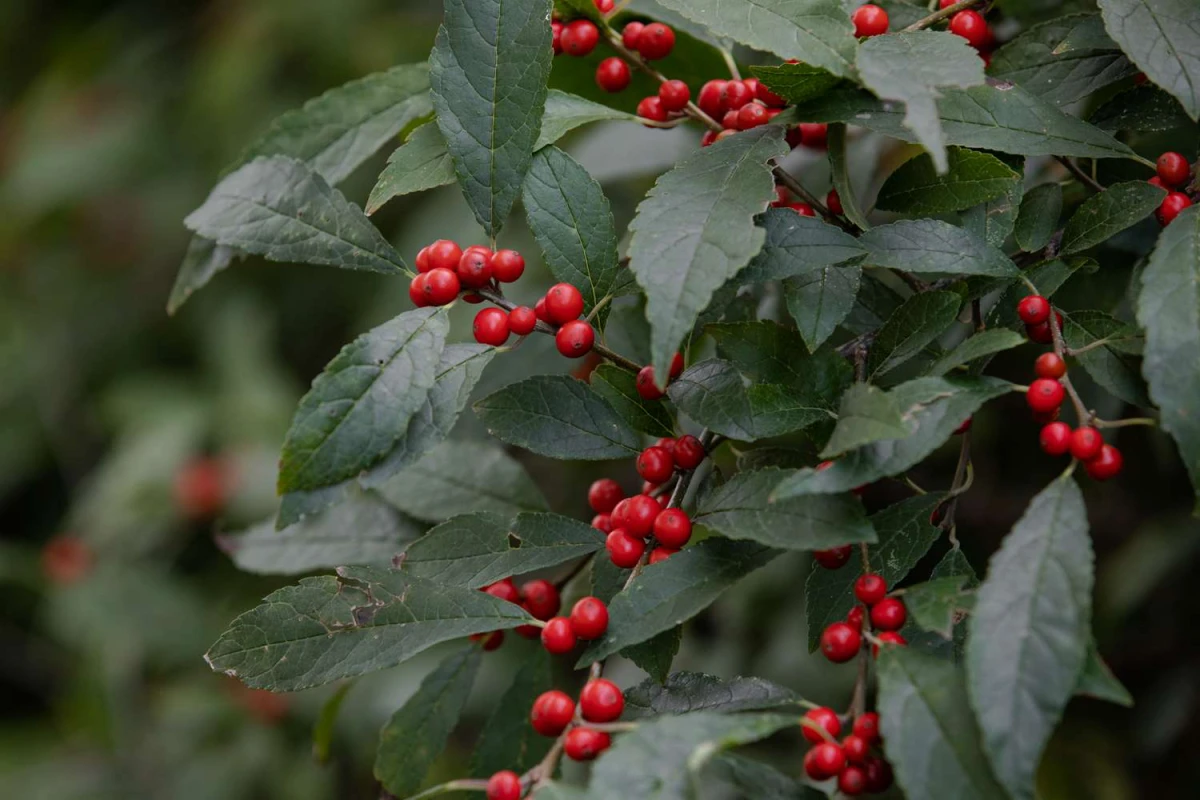
For height, everyone defaults to Emerald Green Arborvitae. They’re popular for a reason, but in my experience, heavy snow can bend and break their branches. A better bet is often a narrow, upright juniper like ‘Taylor’ or ‘Blue Arrow’. Their shape is practically designed to shed snow easily. A common problem you might see is “winter burn,” where evergreen leaves turn brown and crispy. This happens when the sun and wind dry out the leaves while the ground is frozen, so the plant can’t drink up any water to replace it. The fix is simple: water your evergreens deeply in the fall until the ground freezes, and add a 3-inch layer of mulch to insulate the roots.
Broadleaf Evergreens for a Softer Look
These evergreens have regular leaves, not needles, which offers a lovely soft texture. Hollies are a classic, but here’s a crucial tip: most hollies are either male or female. You need a male plant to pollinate the females, or you won’t get any of those iconic red berries. I once consulted on a gorgeous garden with a dozen mature ‘Blue Princess’ hollies and not a single berry. A classic—and expensive—”where’s the boy?” mistake. One male plant can pollinate about eight to ten females within a 50-foot radius. So, when you’re buying, make sure you grab a ‘Blue Prince’ to go with your ‘Blue Princesses’!
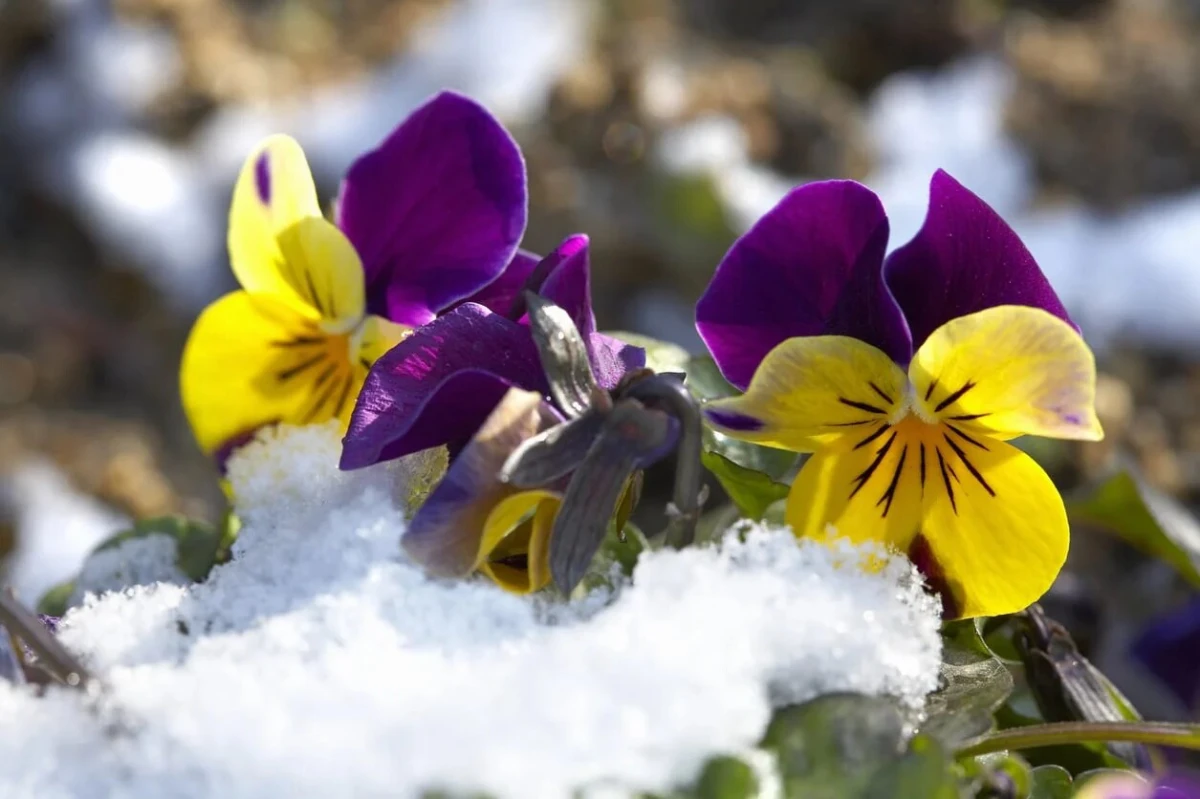
Boxwoods are fantastic for creating low hedges that give the garden a sense of order in winter. I tend to use Korean varieties like ‘Winter Gem’ because they’re super hardy and have better disease resistance. And if you’re in Zone 6 or warmer, you can’t beat Rhododendrons for their bold, leathery leaves. A heads up: don’t panic if you see the leaves curl up tight in a deep freeze. It’s a natural defense to save water, and they’ll unfurl as soon as it warms up.
The Main Show: Flowers in the Freaking Cold
Once you have your structure, you can add the real showstoppers. These plants bloom when there’s literally nothing else going on, so their impact is ten times greater.
Hellebores: The Unkillable Winter Rose
If I could only pick one winter-blooming perennial, this would be it. Hellebores are tough, they live forever, and deer hate them. Their nodding flowers are just such a welcome sight in late winter. Lenten Rose varieties (Helleborus orientalis and its hybrids) are the most common, blooming in a wild range of colors from white to nearly black, usually starting in February. A single plant from a nursery will cost between $25 and $40, but it’s an investment that multiplies over time.
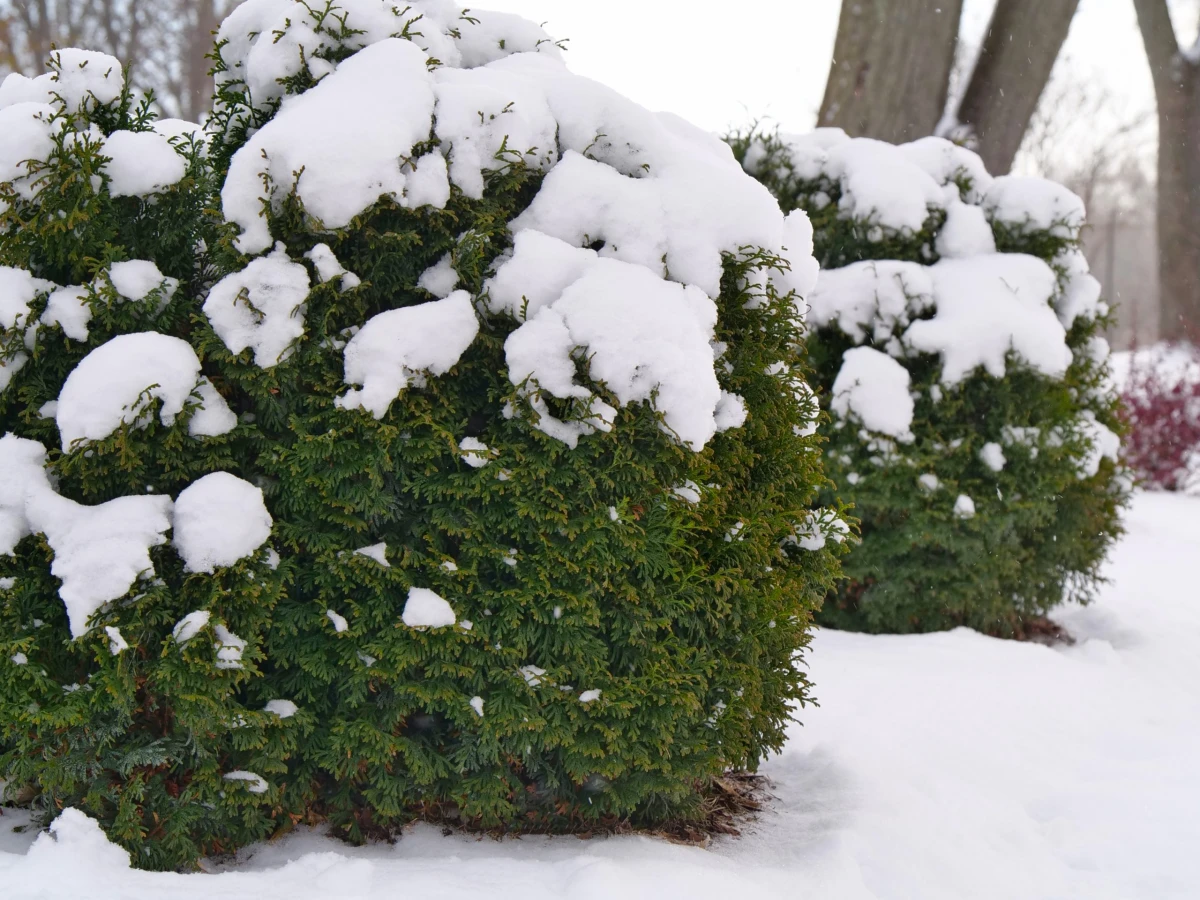
Planting is everything. They hate wet feet, so plant them with the crown (where stems meet roots) slightly above the soil line to prevent rot. By late winter, the old leaves can look a bit tattered. It feels brutal, but trust me: snip off all the big, leathery leaves from last year right at the base. Leave any fresh new growth and, of course, the flower stalks. This cleans up the plant and lets those new blooms really shine. Oh, and good to know: all parts of the plant are toxic if eaten, so just be mindful with curious pets or kids.
Witch Hazel and Winter Camellias
Witch Hazel (Hamamelis) is a large shrub that does something magical: on a dreary February day, it covers its bare branches in fragrant, spidery flowers of yellow, orange, or red. Walking past one in bloom is an unforgettable experience. For those in Zone 7 or warmer, Camellias are pure elegance, with glossy leaves and big, rose-like flowers in the dead of winter. A little pro tip: plant them where they’re shielded from direct morning sun. If the buds freeze overnight and then get hit with intense sun, they can thaw too fast and turn to mush.
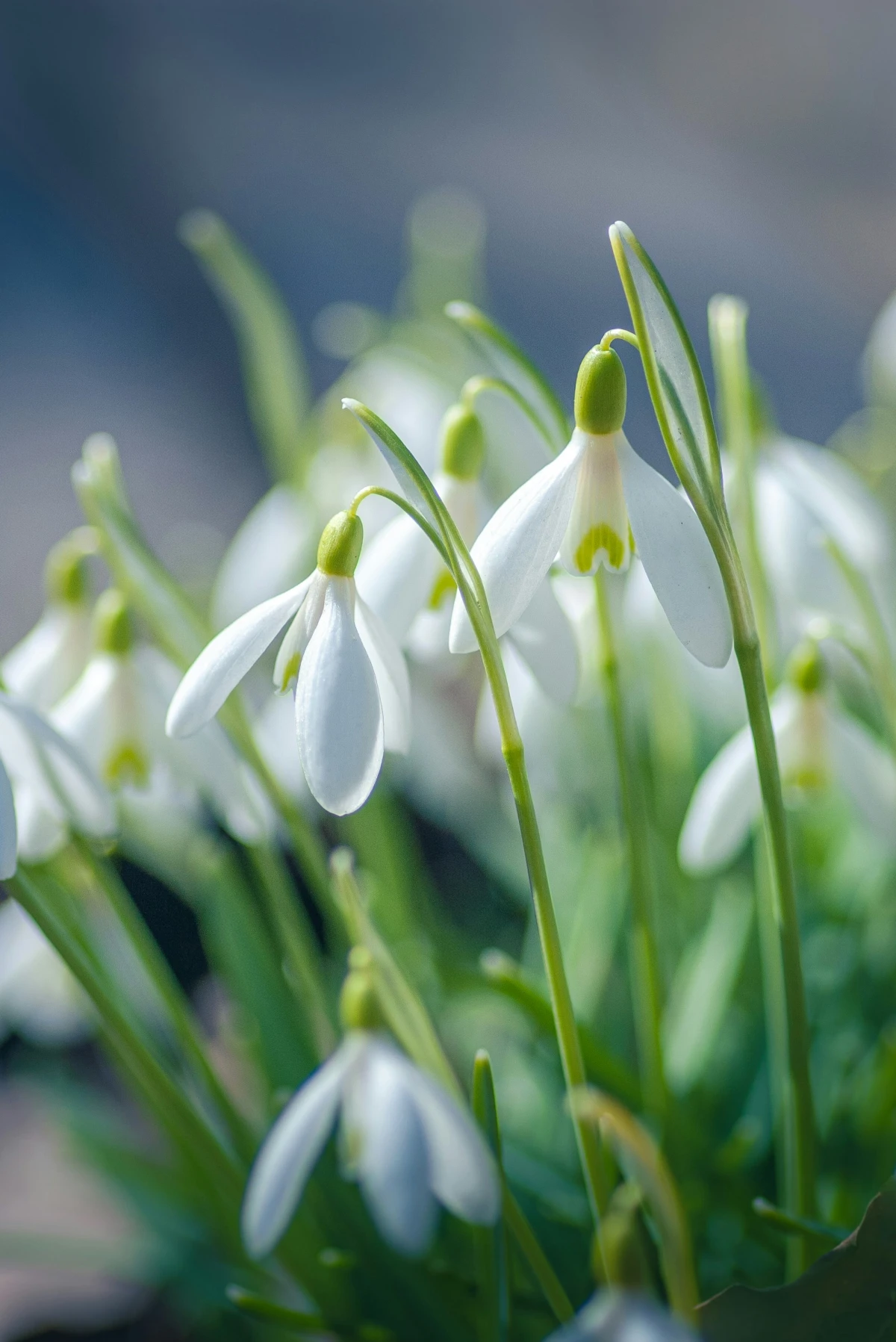
The Details: Bark, Berries, and Hope
A truly great winter garden has layers. Once you have structure and blooms, you add the details that pull it all together.
Some plants save their best show for when their leaves are gone. Red Twig Dogwood (Cornus sericea) is a perfect example. In winter, its stems glow a brilliant red against the snow. It grows fast, giving you great color within a season or two. The secret is that the best color is on the new growth, so every spring, you should cut about one-third of the oldest, thickest stems right to the ground. For a real statement piece, consider a Paperbark Maple (Acer griseum). It’s a slow-grower and a bit of an investment (often over $100 for a small tree), but its peeling, cinnamon-colored bark is stunning.
Berries add a pop of color and feed the birds. Winterberry (Ilex verticillata) is a type of holly that loses its leaves, which makes the sight of its berry-covered branches even more dramatic. And yes, you still need a male pollinator for this one! Finally, don’t forget the early bulbs you plant in the fall. Snowdrops and Winter Aconite can push right up through the snow, tiny messengers telling you that spring is on the way.
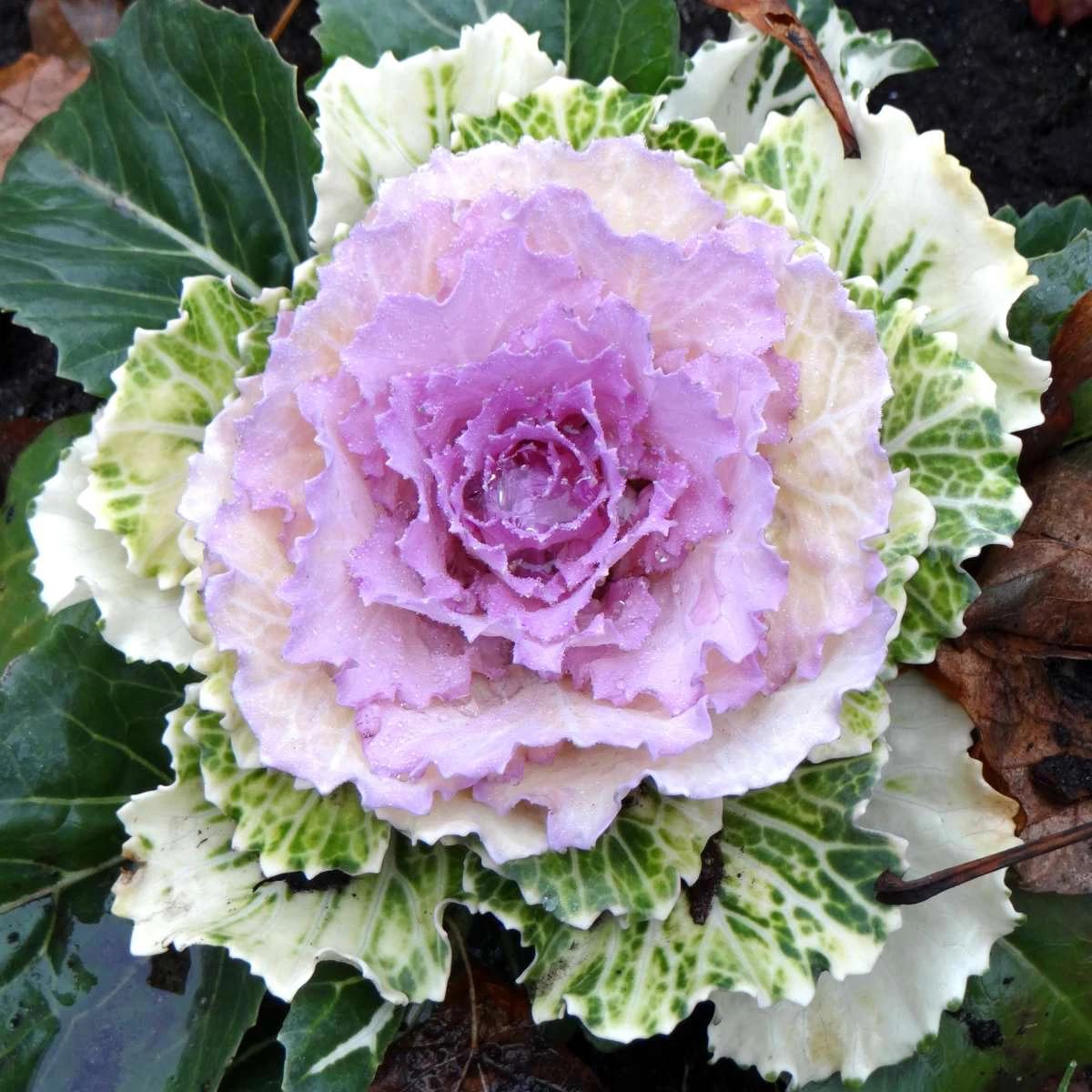
Let’s Make a Plan: Design & Care
Even if you only have a small balcony, you can create a gorgeous winter scene. The key is a frost-proof container—thick plastic, fiberglass, or metal will work. Standard terracotta will crack. For a simple but beautiful pot that costs under $100, try this shopping list:
- One 20-inch frost-proof pot: ~$40
- One Dwarf Alberta Spruce (the ‘thriller’ in the center): ~$30
- Five colorful pansies (the ‘filler’ around the base): ~$15
- One English ivy (the ‘spiller’ to trail over the side): ~$5
Boom. A beautiful winter container. Just remember to check if it needs water every couple of weeks, as windy days can dry out pots surprisingly fast.
Your winter garden really begins in October with a good fall cleanup. But don’t clear everything! Leave the seed heads on plants like Coneflower and Black-Eyed Susan. They look beautiful with a dusting of frost and provide a winter buffet for finches. The most important job is to spread a two- to three-inch layer of mulch (shredded bark works great) around your plants after a few light frosts. This doesn’t keep them warm—it keeps the soil temperature even, which prevents the freeze-thaw cycles that can heave plants right out of the ground.
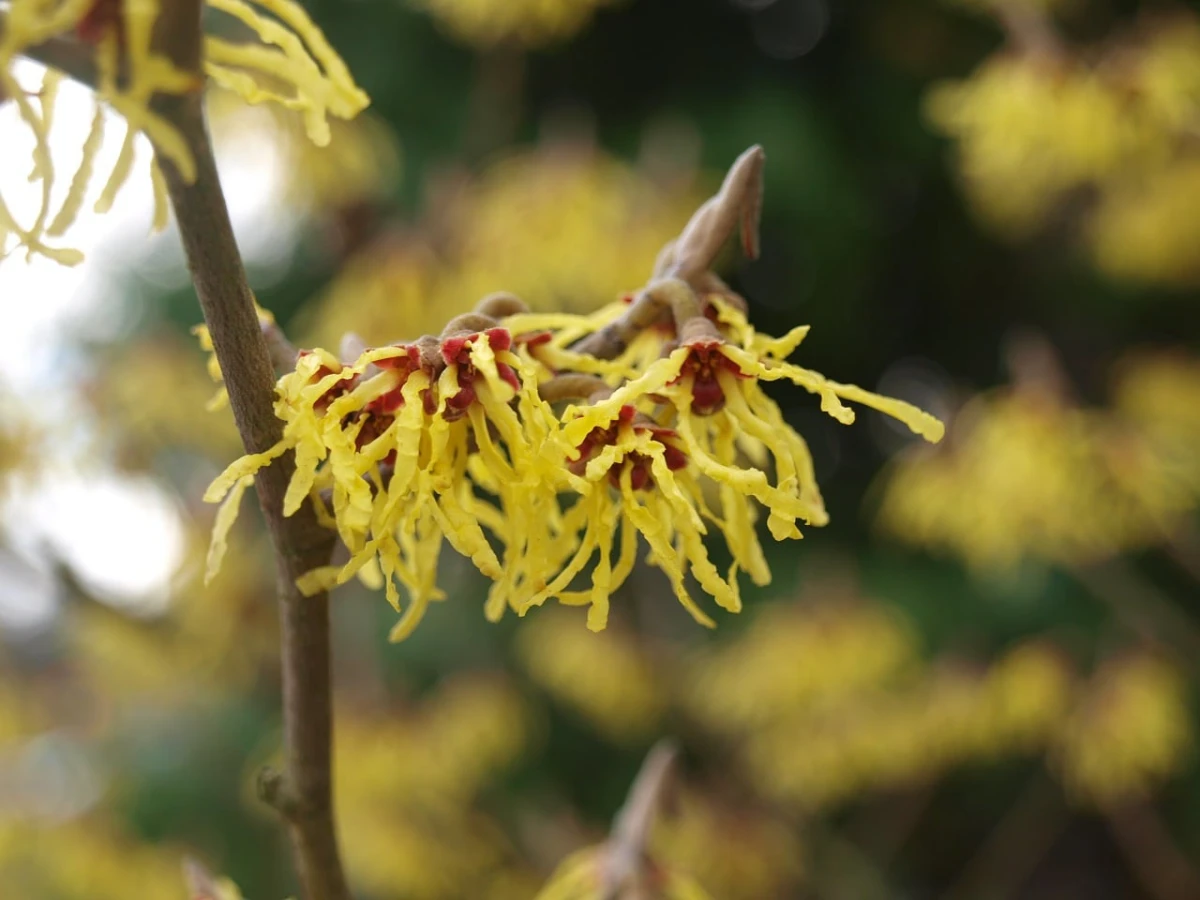
Creating a garden with winter interest has totally changed how I feel about the season. It gives me a focal point, a sense of life, and a quiet beauty that’s incredibly rewarding. Start small. Pick one or two evergreens and a standout bloomer like a Hellebore. Pay attention to your soil and sun. And don’t be afraid to make mistakes—I’ve lost more plants than most people will ever own. Every dead plant is just a lesson in what not to do next time. A garden that shines in winter is the mark of a thoughtful gardener, one who knows beauty isn’t just for one season.
Galerie d’inspiration
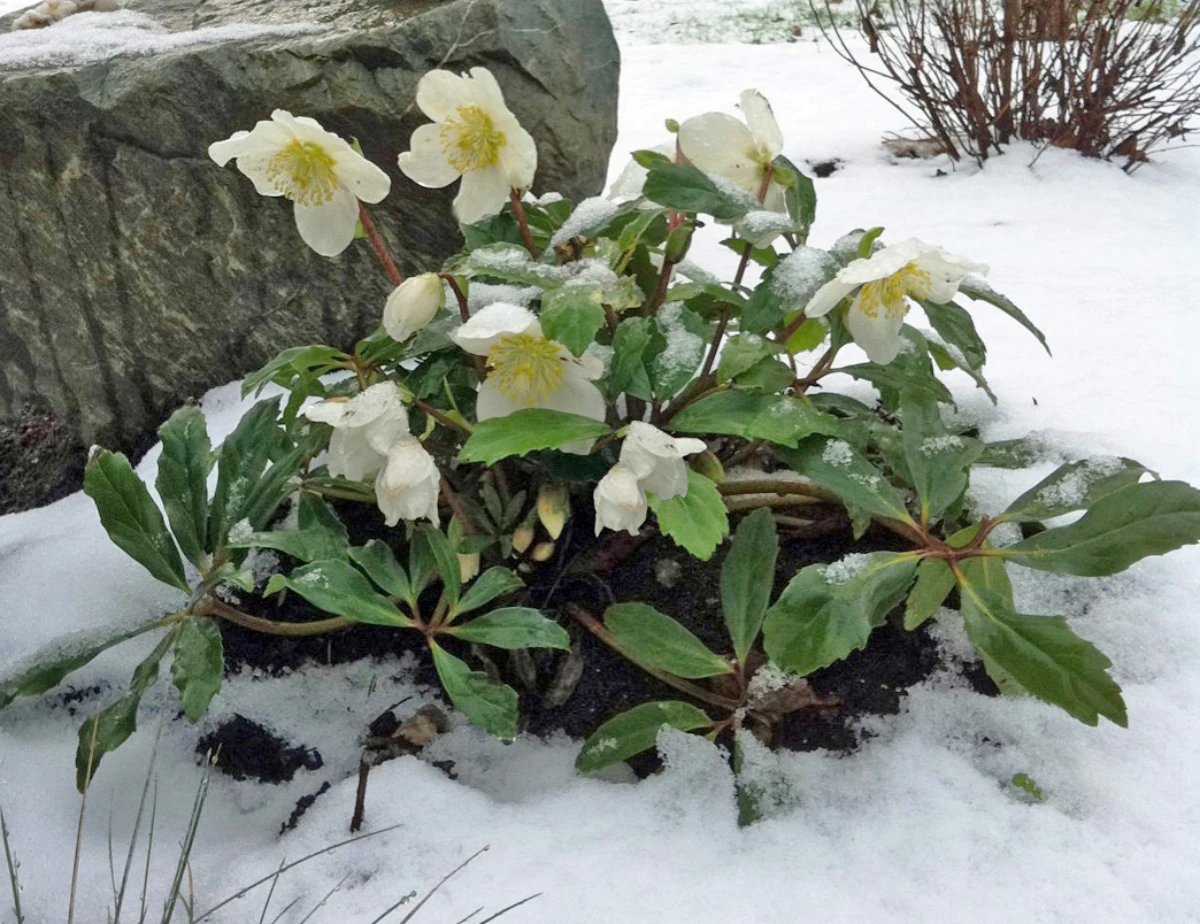
How do you get that “wow” factor when everything is dormant?
It’s all about creating winter structure with plants that have great “bones.” Think beyond flowers. Look for shrubs that offer architectural interest after their leaves fall. For instance, the twisted, gnarled branches of a Harry Lauder’s Walking Stick (Corylus avellana ‘Contorta’) create a living sculpture, especially when traced with frost. Similarly, the brilliant red or yellow stems of a Dogwood shrub, like Cornus sericea ‘Arctic Fire’, provide a stunning slash of color against a snowy backdrop. These plants aren’t just surviving winter; they’re designed to star in it.










